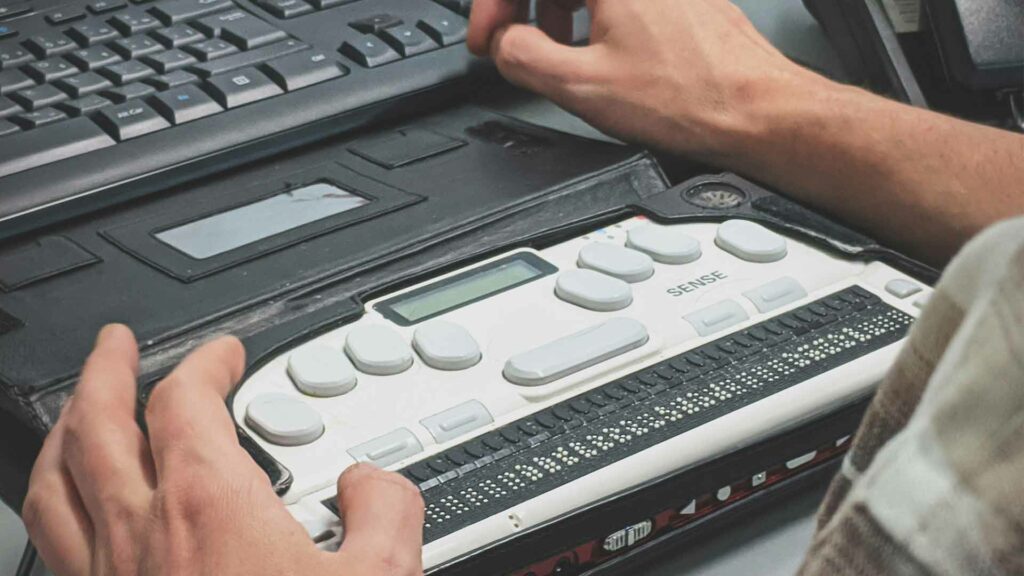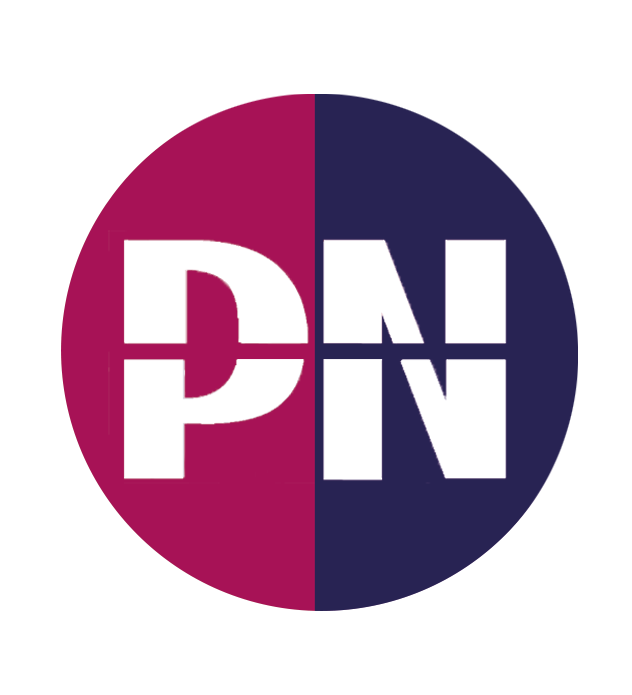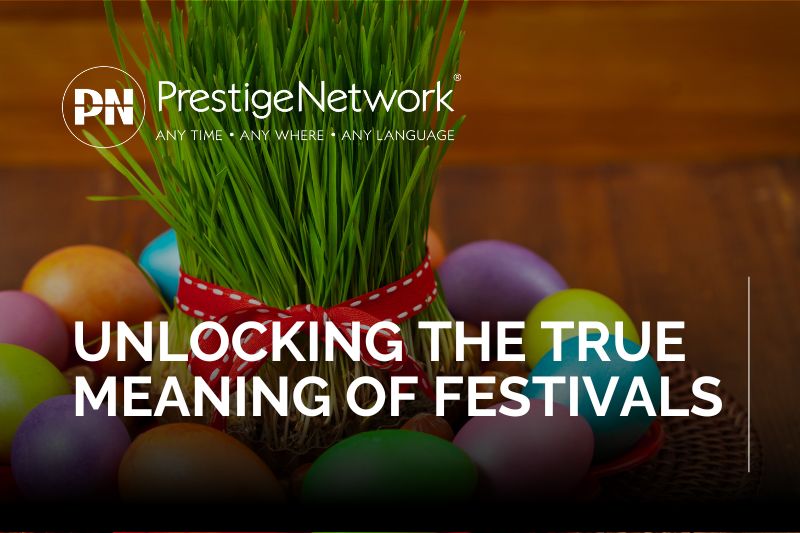Introduction
Today marks the first day of Deafblind Awareness Week, from June 24 to 30. This initiative aims to raise awareness for those who are deafblind. To help support this initiative, we at Prestige Network want to share the top communication methods for those who are deafblind.
In 1995, the Department of Health defined the term ‘Deafblind’ as ‘Persons are regarded as deafblind if their combined sight and hearing impairment causes difficulties with communication, access to information and mobility’. This means that you do not necessarily have to be profoundly deaf and/or blind to be considered Deafblind. If you have both hearing loss and sight loss affecting everyday life, the term ‘Deafblind’ would then apply.
By the end of this blog, you will understand the top communication methods used by the deaf and blind, and by the deafblind.
Hand-under-hand Signing
Hand-under-hand signing, also known as Tactile and Hands-On, involves the deafblind person placing their hands over the hands of the signer to follow what is being communicated through touch and movement.
There are a few different ways hand-under-hand signing can be used:
- Tactile sign language: Involves signing letters or words onto the deafblind person’s hands. For those who knew sign language before losing their vision, this can be an effective way to continue communicating.
- Hand-under-hand guidance: Involves guiding the deafblind person’s hands to explore objects or perform actions, allowing them to understand and participate in activities.
Deafblind Manual Alphabet
Deafblind Manual Alphabet involves specific hand shapes and movements representing each letter of the alphabet, formed on the palm or back of the hand of the person receiving the message.
Key features of the Deafblind Manual Alphabet:
- Based on British Sign Language (BSL): While derived from BSL fingerspelling, some letter formations have been modified for easier tactile recognition.
- Individual preferences: Some individuals may prefer letters formed on their palms, while others prefer the back of their hands. Communication partners should establish preferences beforehand.
- Adaptability: The Deafblind Manual Alphabet can be adapted for individuals with limited hand mobility or other specific needs.

Visual Frame
Visual Frame Sign Language (VFSL) is a communication method designed for deafblind individuals with residual vision. It involves signing within a defined visual frame, so typically an interpreter would imagine a small rectangle in front of their head and shoulders and keep their signs there throughout the conversation, to make the signs more visible and easier to understand for the deafblind person.
Key Features of VFSL:
- Visibility: VFSL emphasises clear handshapes and movements within a limited visual field, making it easier for individuals with low vision to perceive the signs.
- Adaptability: The size and distance of the visual frame can be adjusted based on the individual’s visual acuity and preferences.
- Sign Language Vocabulary: VFSL utilises standard sign language vocabulary, making it accessible for those who already know sign language.
- Additional Cues: Facial expressions and body language can be used in conjunction with VFSL to provide additional context and emotional nuances.

Block Alphabet
It involves drawing block capital letters onto the palm of the deafblind person’s hand using the signer’s finger.
The Block Alphabet is a tactile communication method designed for individuals who are deafblind and who have prior experience with reading and writing in print.
Key features include:
- Simplicity: Relies on the recipient’s existing knowledge of letters and spelling.
- Practicality: The Block Alphabet is relatively easy to learn and use, making it a valuable tool for everyday communication.
Tips for using the Block Alphabet:
- Use the whole palm: Draw large and clear letters, ensuring each letter covers the entire palm.
- Pause between words: Briefly pause at the end of each word to give the recipient time to process the information.
Braille Reading and Writing
Braille is a tactile system of reading and writing designed for the blind or visually impaired and can also be used for the deafblind.
It uses a combination of raised dots arranged in cells of six positions to represent letters, numbers, punctuation, and special characters.
Braille Reading:
- Tactile Perception: Individuals read Braille by running their fingers over the raised dots, interpreting the patterns as letters, words, and sentences. This requires a high level of tactile sensitivity and discrimination.
- Reading Tools: Braille can be read directly from Braille books, magazines, and documents or through refreshable Braille displays that electronically raise and lower dots to display text from digital devices.

Electronic Braille Devices
Electronic Braille devices are invaluable tools for deafblind individuals, providing access to information, communication, and educational opportunities through tactile interfaces. These devices utilise refreshable Braille displays to present information in Braille format, enabling users to read and interact with digital content.
Types of Electronic Braille Devices:
Refreshable Braille Displays: These devices feature a row of cells with pins that dynamically raise and lower to form Braille characters. They connect to computers, smartphones, or other devices and display text, emails, documents, and even web pages in Braille.
Braille Notetakers: These portable devices combine a refreshable Braille display with a keyboard and internal memory, allowing users to create, edit, and store Braille documents. Some models also offer additional features like note-taking, calendars, and calculators.
Braille e-readers: These specialised devices are designed for reading Braille books and other digital publications. They often have large storage capacities and long battery life, making them ideal for on-the-go reading.

Moon Alphabet
The Moon alphabet is a tactile reading and writing system designed for individuals who are blind or visually impaired, particularly those who find Braille challenging due to reduced tactile sensitivity or limited hand dexterity. Developed in the 19th century by Dr. William Moon, this embossed system uses raised lines, curves, and dots to represent letters, numbers, and punctuation marks.
Key features of the Moon alphabet:
- Large, bold outlines: The raised lines and curves are easily distinguished by touch, even for individuals with reduced tactile sensitivity.
- Two grades: Moon Type is available in two grades. Grade 1 directly translates the printed text, while Grade 2 uses contractions for faster reading.
Social Haptic Communication
Social Haptic Communication (SHC) is a unique communication approach designed for deafblind individuals. It utilises touch to convey information about the environment, emotions, social cues, and other non-verbal communication aspects.
Key aspects of SHC:
- Tactile language: SHC employs a system of tactile symbols, called haptics, to convey information. These symbols are applied to the deafblind person’s body, typically on the back, arms, or hands.
- Environmental description: SHC can be used to describe the surroundings, including the layout of a room, the position of objects, and the movements of people.
- Emotional expression: Haptics can convey emotions like happiness, sadness, or surprise, allowing deafblind individuals to better understand and participate in social interactions.
- Social cues: SHC can provide cues about non-verbal communication, such as body language, facial expressions, and tone of voice, enhancing social understanding and interaction.
Tadoma
Tadoma, also known as tactile lipreading, is a method of communication used by deafblind individuals. It involves the listener placing their thumb on the speaker’s lips and their fingers along the speaker’s jawline and throat.
Through this touch, the listener feels the vibrations of the speaker’s vocal cords, the movements of their lips and jaw, and the puff of air from their nose. This allows them to understand what the speaker is saying.
Tadoma is a difficult skill to learn and requires a lot of practice. However, for those who are deafblind, it can be a valuable way to communicate and stay connected with the world.
Conclusion
Understanding and implementing these diverse communication methods is crucial in providing comprehensive support and enhancing the quality of life for deafblind individuals. By promoting awareness and education, we can create a more inclusive society where everyone can communicate effectively and participate fully, regardless of sensory ability.






